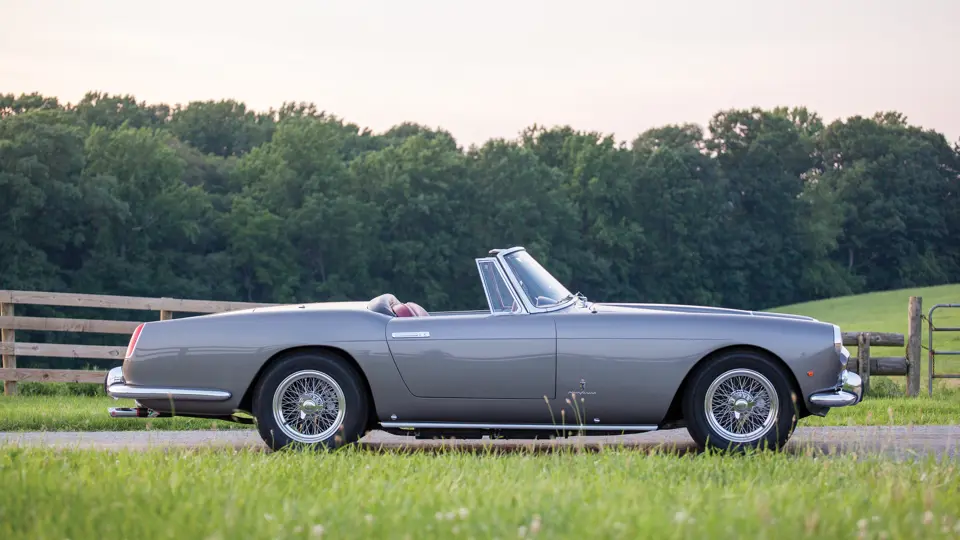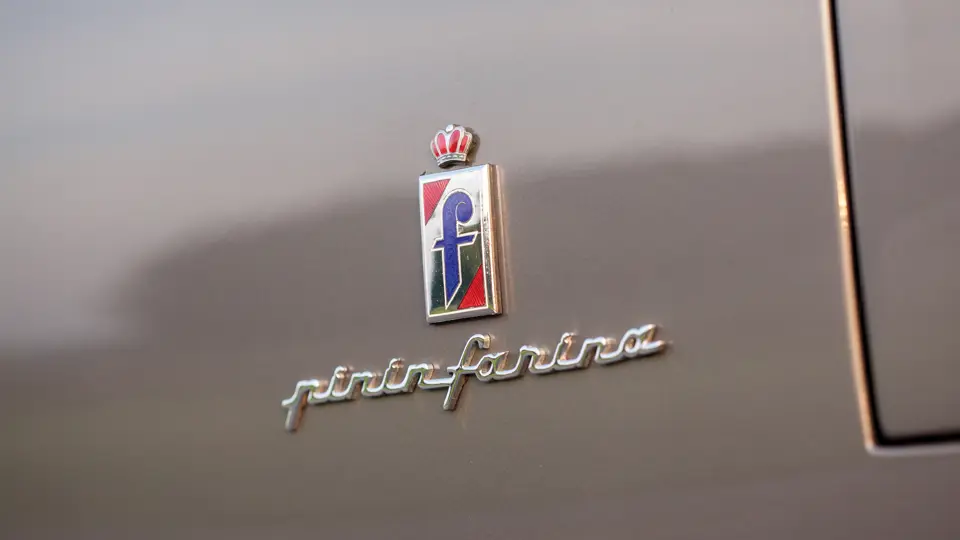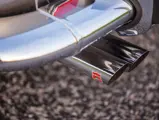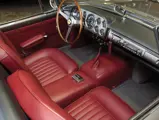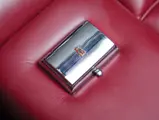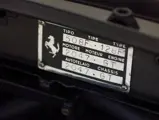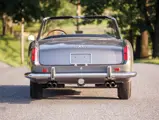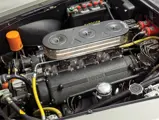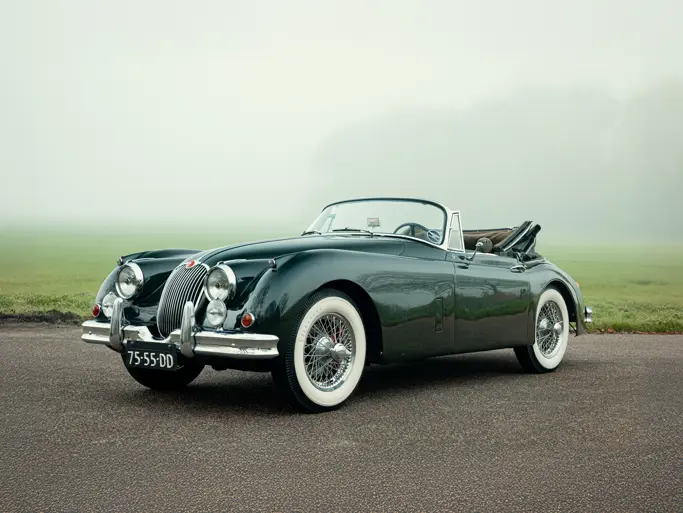
1960 Ferrari 250 GT Cabriolet Series II by Pinin Farina
{{lr.item.text}}
$1,800,000 - $2,200,000 USD | Not Sold
{{bidding.lot.reserveStatusFormatted}}
- One of 200 examples produced
- Exquisite two-year cosmetic restoration completed in 2015
- Matching-numbers throughout
- Has rare factory special features
- Documented by Ferrari historian Marcel Massini
- Submitted for Ferrari Classiche certification
260 bhp, 2,953 cc SOHC V-12 engine, four-speed manual transmission with overdrive, independent front suspension with unequal-length A-arms and coil springs, live rear axle with semi-elliptical leaf springs and parallel trailing arms, and four-wheel hydraulic disc brakes. Wheelbase: 102.4 in.
THE PF CABRIOLET
Ferrari’s second series of Pinin Farina-bodied cabriolets represented a quantum leap forward from the first series of open-top cars. It’s no secret that Maranello’s earliest series-production automobiles were little more than batch-produced specialty cars, often varying from one example to the next in both mechanical attributes and cosmetic features. This was particularly true of the first series of Pinin Farina-designed and -built cabriolets, which were produced at the coachbuilder’s specialty shop rather than the Grugliasco factory, then still under construction.
By early 1960, however, the concept of a correctly positioned production model line-up was beginning to come into greater focus at Ferrari, following the experience gained with the Boano-bodied 250 GT Coupes and their Pinin Farina-built successors, as well as the first series of PF Cabriolets. Maranello brass recognized that there had been too many external similarities between the Scaglietti-built California Spider and the luxurious road going cabriolets for casual customers to easily understand the difference. This prompted the company to introduce Pinin Farina’s second-series 250 GT Cabriolet prototype on chassis number 1213 GT in late 1959, in an effort to better differentiate the two models.
The Series II prototype visually differed from the Cal Spiders, with a more rounded nose and faired-in headlamps, rear fenders with elongated taillamp lenses, and improved interior space in the cabin and trunk. Debuting at the 1959 Paris Motor Show, the new cabriolet readily delivered a more unique open-top car, imparting both greater luxury and grand touring roadability than the concurrent spiders.
Somewhat ironically, though, it was the new cabriolet’s mechanical developments that eventually went on to truly pique collectors’ interest. In addition to featuring all-wheel disc brakes, the model was equipped with the latest iteration of the classic Colombo V-12 engine, coded as the Tipo 128F, a redesign that first appeared in one of the aluminum-bodied California Spiders of 1959. The spark plugs were relocated to the V-12’s outside surfaces (rather than in between the V as in prior iterations), and the coil-valve springs were substituted for hairpins. This new architecture allowed for more head studs per cylinder and non-siamesed porting. This resulted in a better breathing engine with improved torque and reliability. To boot, the 128F also facilitated far easier and quicker changing of the plugs, to the enduring relief of both mechanics and owners alike.
Approximately 200 examples of the second-series Pinin Farina Cabriolet were produced through mid-1962, and the model continues to grow in cachet, as spider values have correspondingly leapt to stratospheric heights. A relative bargain, with greater comfort than its minimalist sibling, the cabriolet has evolved into one of the premier open-top collectible 250 GT models, offering Pinin Farina’s clean styling and far more luxurious driving character than its stablemates.
CHASSIS NUMBER 2047 GT
According to the research of esteemed Ferrari historian Marcel Massini, chassis number 2047 GT is the 61st second-series cabriolet built. After taking delivery of the car’s completed chassis at Turin on June 11, 1960, Pinin Farina completed the coachwork on August 2. Their work included the installation of distinctive special-order door handles and the flush push-hinge units featured in the long-wheelbase California Spiders, as well as an unusual passenger headrest. The 250 GT was finished in Grigio Argento (grey silver) paint and trimmed with an interior of black leather and vinyl and then sold in late 1960 to Robert Bollt, a stockbroker and noted art collector residing in New York City.
After passing to subsequent owners Joseph Prestia and Gary C. Downey, both residing in New York, the PF Cabriolet was acquired in July 1974 by Ward Orndoff, of East Hartford, Connecticut. Mr. Orndoff was an aerospace engineer and customer of the original FAF Motorcars in Tucker, Georgia, which is widely recognized as one of the nation’s first dealerships dedicated to the Ferrari collecting hobby. Purchasing the car at the ambitious age of 23 years old, Mr. Orndoff appeared with his car in the 1976 Ferrari Owner’s Club directory, displaying characteristic 1970s chic in a buttoned-up dress shirt without a tie, unruly hair, and sunglasses.
By 1977, Mr. Orndoff relocated to Singer Island, Florida, bringing the sensational open-top Ferrari with him for what must have been some fantastic driving in the state’s famously mild climes. In March that year, he sold the Ferrari to Burt “Skip” Norris, of Jupiter, Florida, by which point the car had been repainted in Rosso and displayed approximately 52,000 miles. Mr. Norris went on to retain possession of the handsome Cabriolet for nearly 20 years, and the car was later spotted at the Highlands Classic event in May 1995.
Shortly thereafter, chassis number 2047 GT was sold to dealer Bob Slack, who domiciled the car in Atlanta, Georgia, with occasional sightings occurring in Milan, Italy. In 1999, the car was offered for sale and acquired by the consignor, who re-sold it two years later to his friend, a dedicated vintage Ferrari collector. During this owner’s custody, the Cabriolet was routinely serviced as needed and carefully garaged, accruing only approximately 100 miles over the next 13 years, most of it on the owner’s private track.
The consignor then re-acquired the Cabriolet from his friend and commissioned a thorough cosmetic restoration, with significant attention being paid to mechanical elements as well. The Connection in Allentown, Pennsylvania, was retained to perform a high-quality bare-metal repaint in the original shade of Grigio Argento, while marque specialists Boston Sportscar tended to mechanical needs.
The chrome and instruments were outsourced to specialists, while David George and his D.L. George Coachworks installed a beautiful new interior of red leather, both striking and correct, with duotone grey carpets and a black soft-top, as original. He also completely detailed the undercarriage and engine compartment (including a full engine-out detail), dialed in all mechanicals, and precisely completed the car’s final assembly, resulting in concours-level show quality. The car’s file includes all restoration receipts, which total nearly $200,000.
Following the completion of this comprehensive work in early 2015, the consignor applied for Ferrari Classiche certification. The 250 GT is also accompanied by a complete tool kit, featuring the original pouch and several original pieces, and the factory-issued passenger headrest, which the consignor had reupholstered along with the interior but declined to install due to his aesthetic preferences.
This sensationally finished Pinin Farina Cabriolet has not been publicly exhibited in many years, and it currently displays approximately 53,000 miles, which are believed to be original. It invites future ownership to vie for class awards and more, making a perfect show car for major concours d’elegance and FCA events. With unusual details, like the California Spider door handles, 2047 GT promises to intrigue tifosi everywhere, and it would make a distinguished addition to even the most comprehensive marque collection.
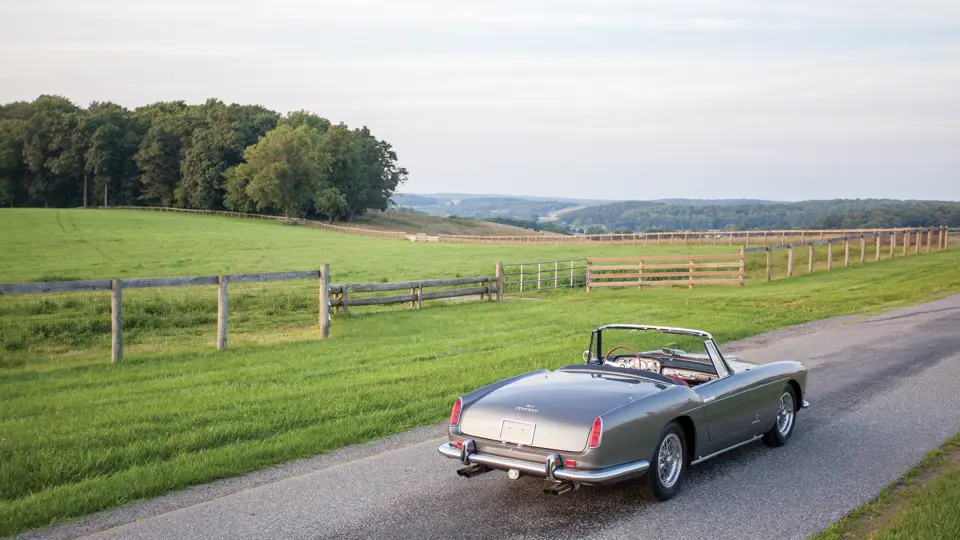



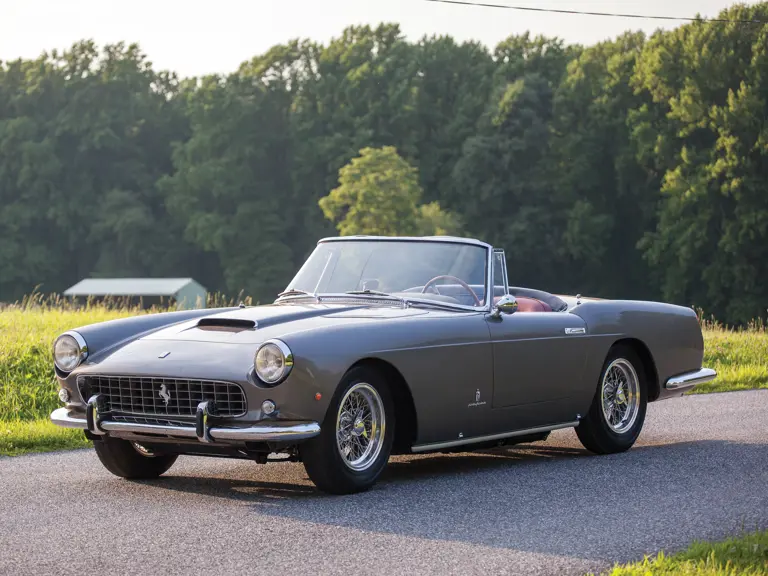

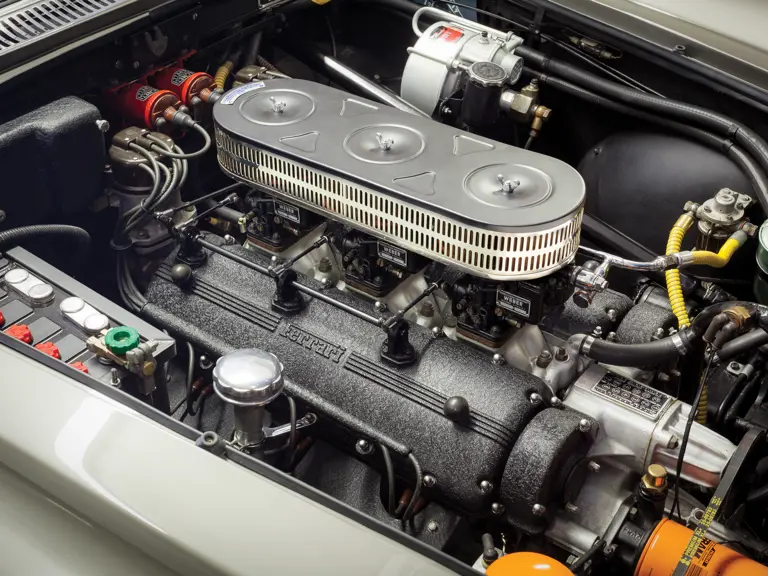
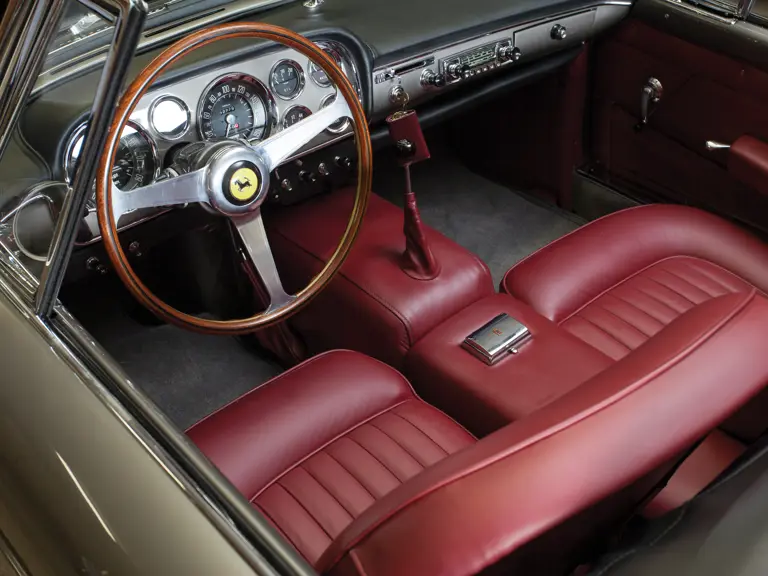

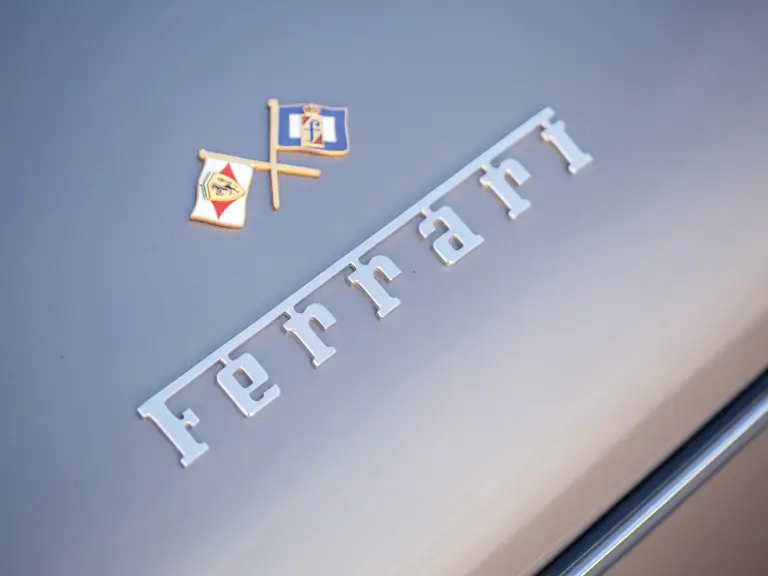

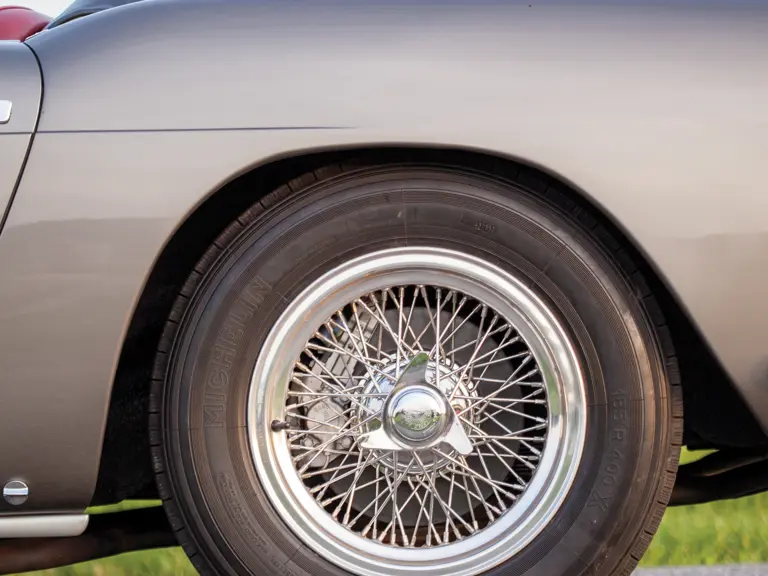
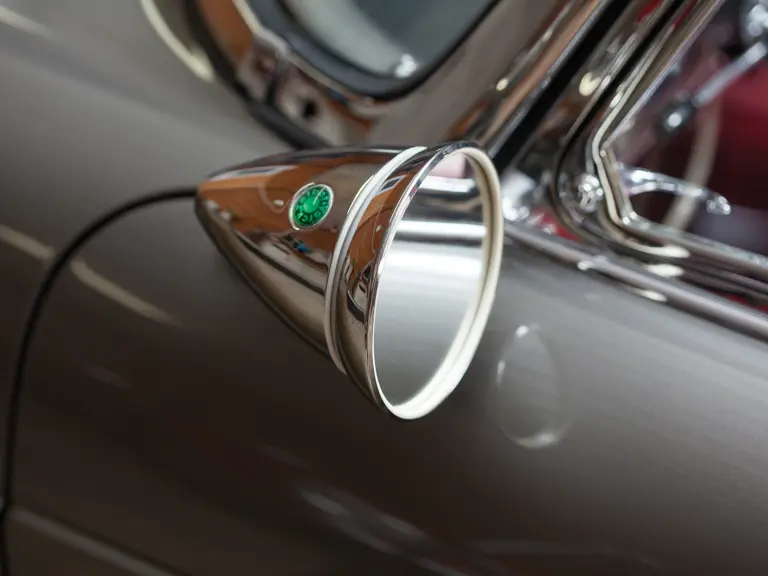
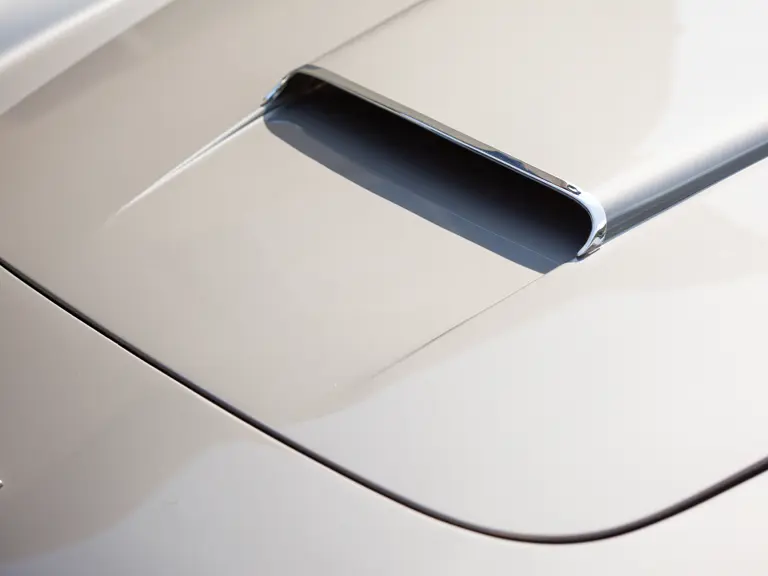
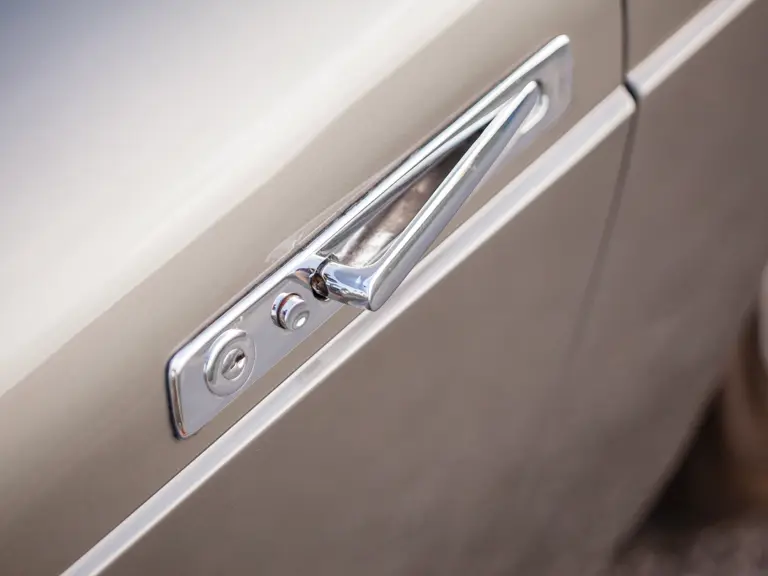
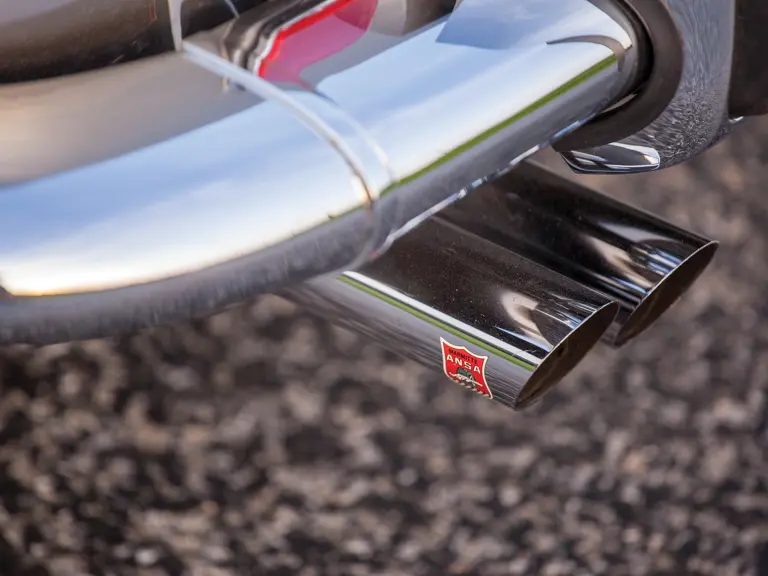

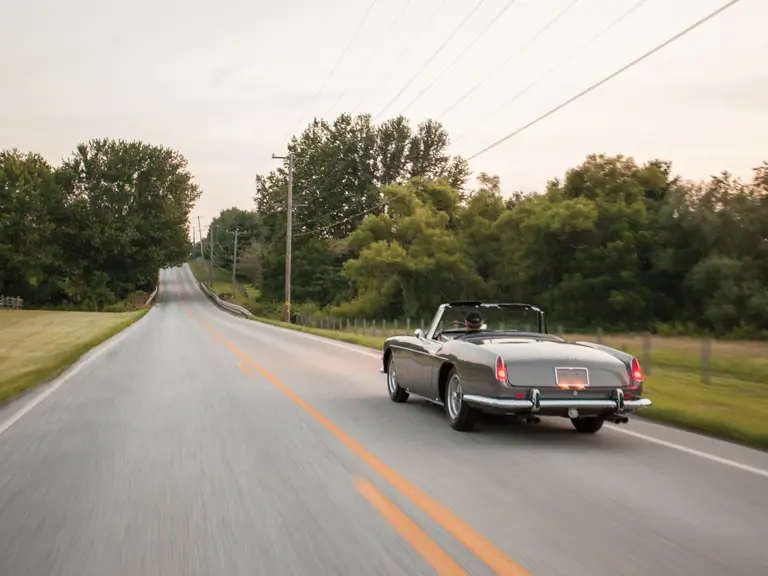
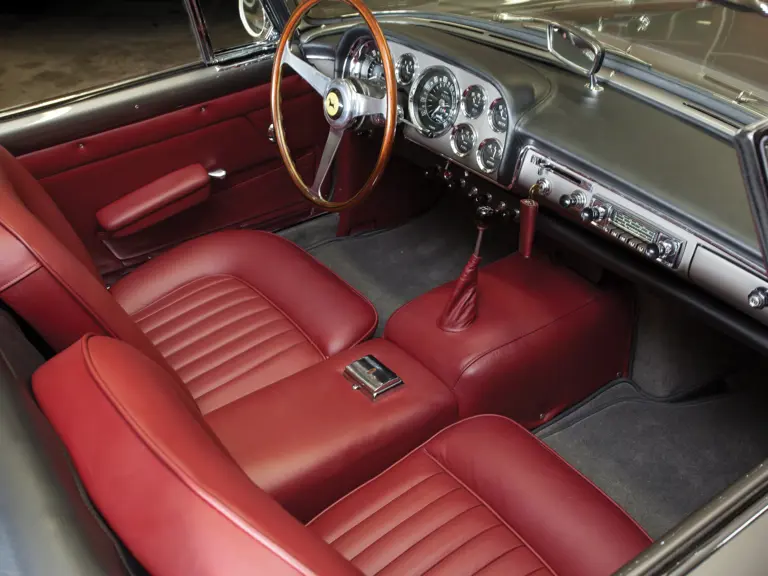

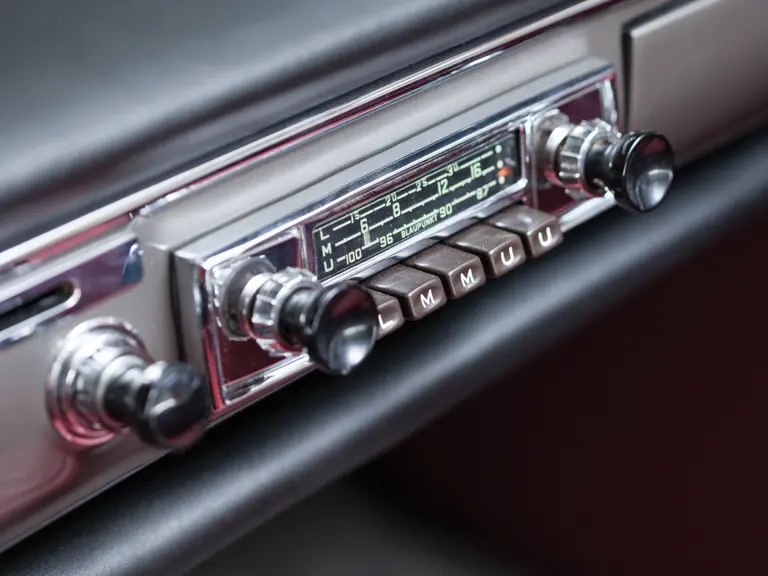
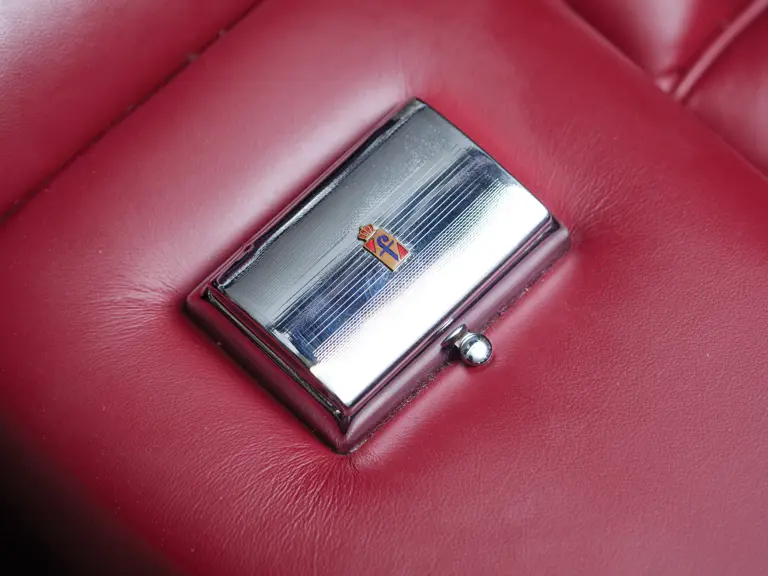

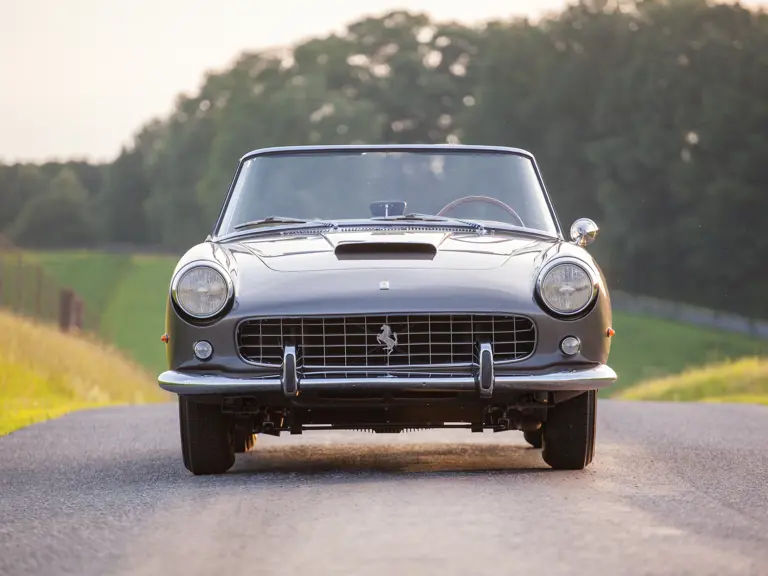
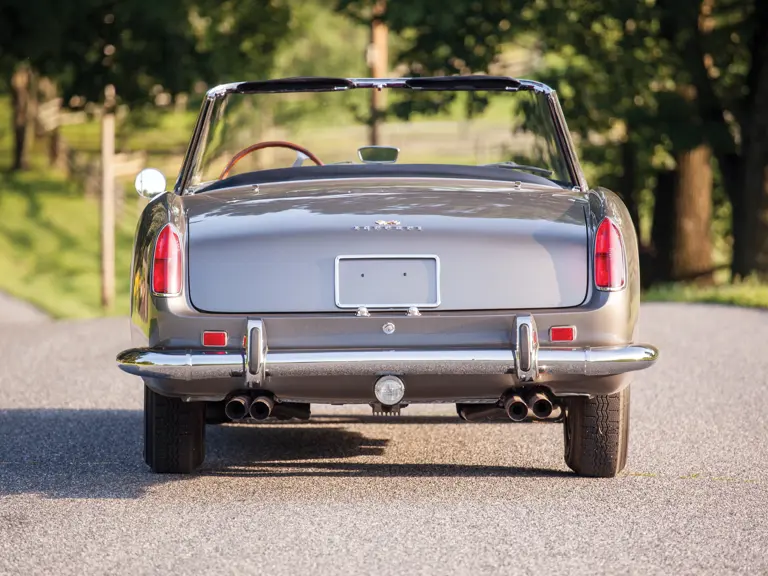

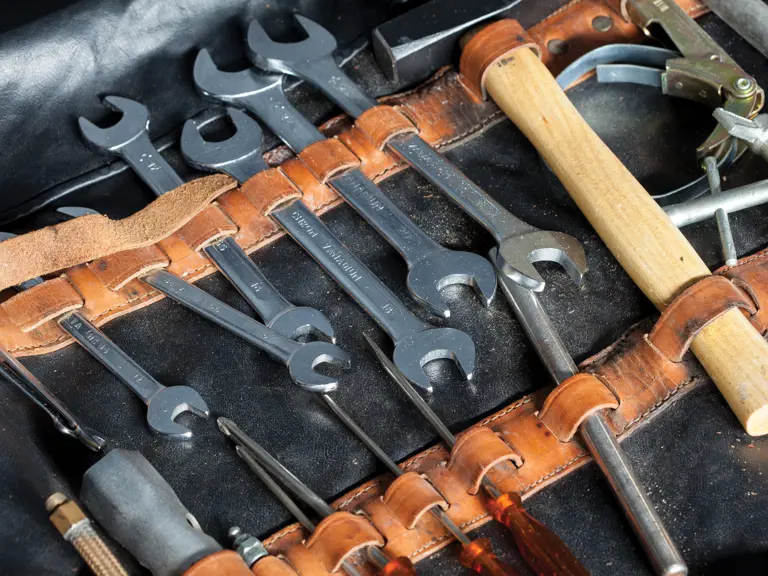
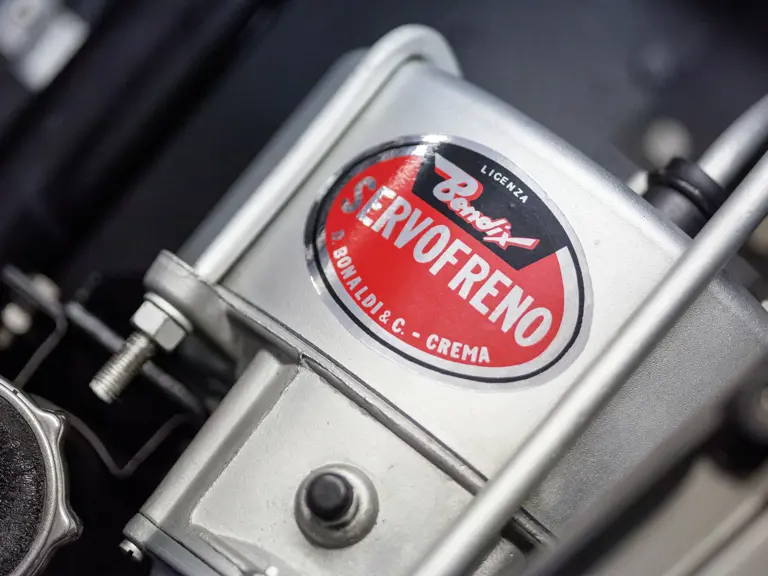
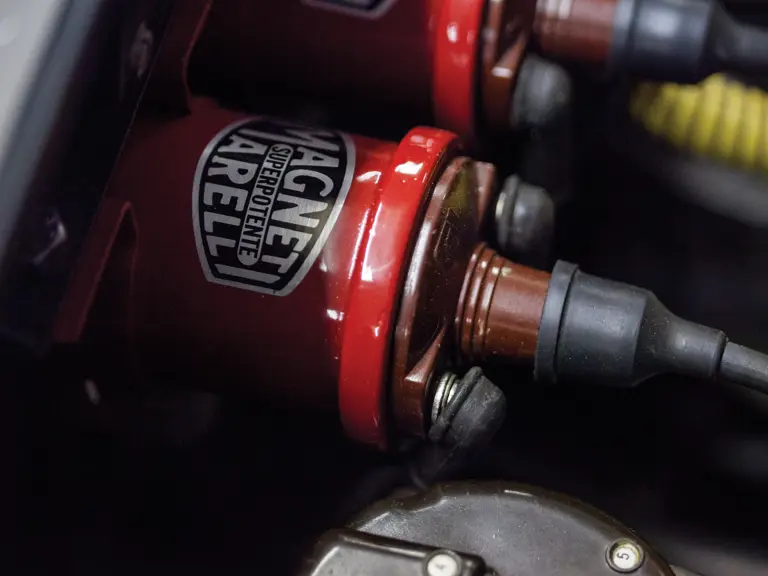
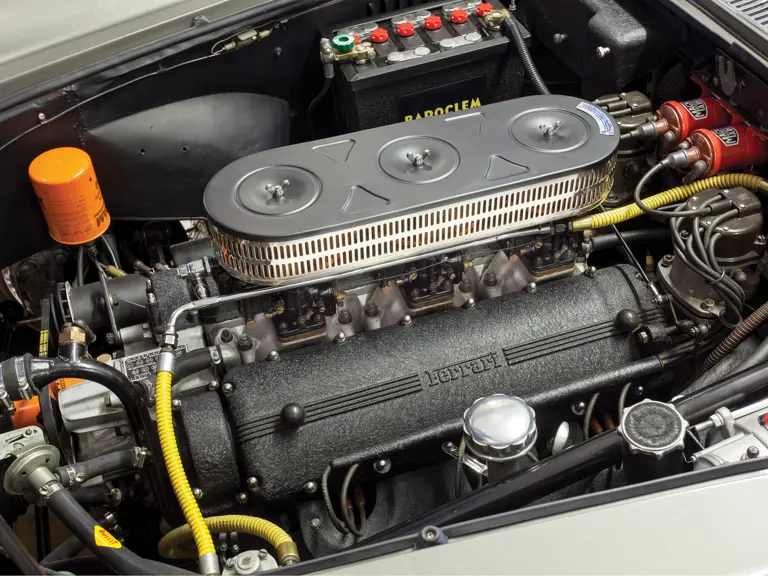
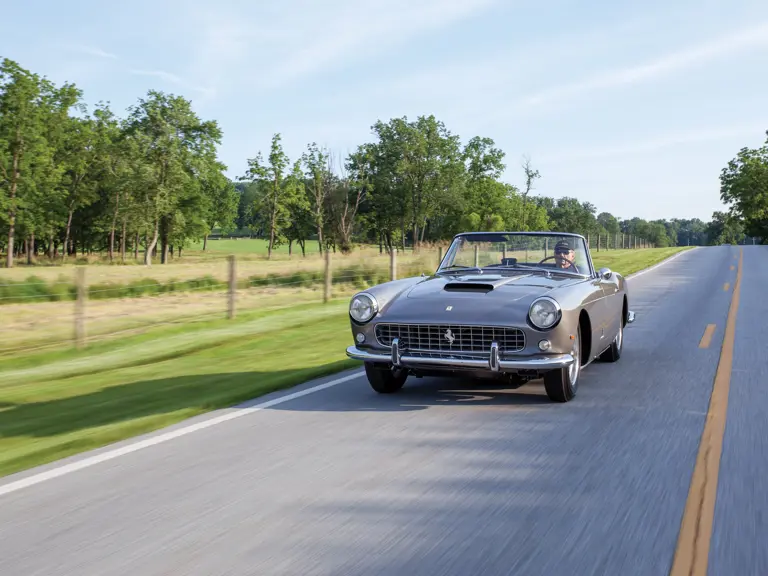
 | Monterey, California
| Monterey, California
